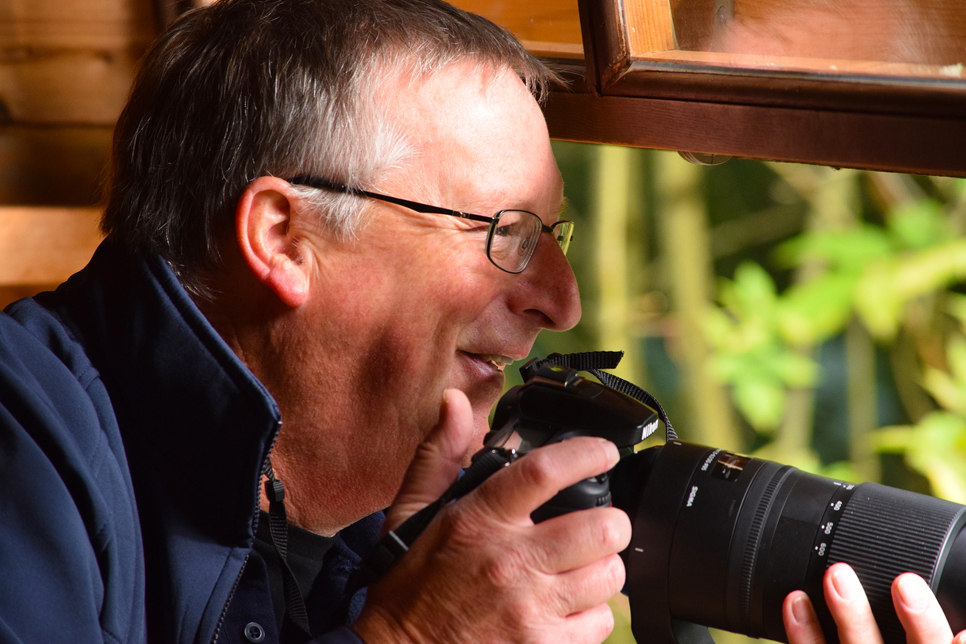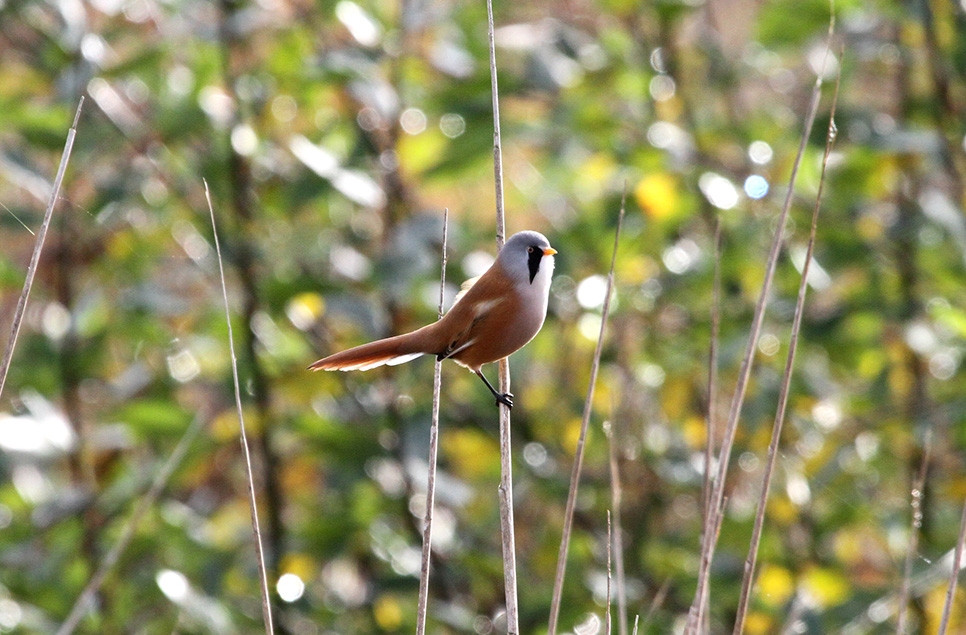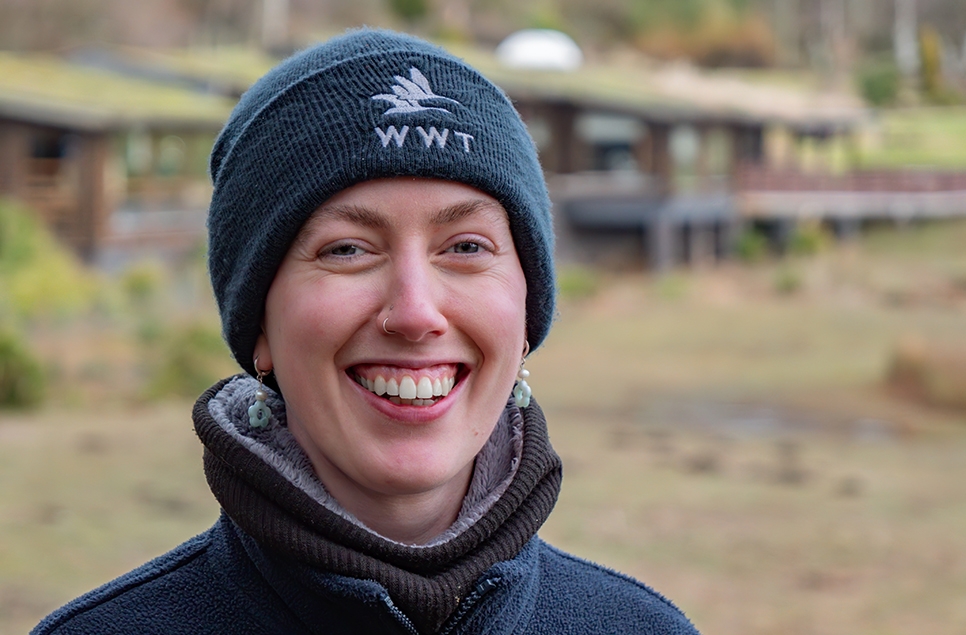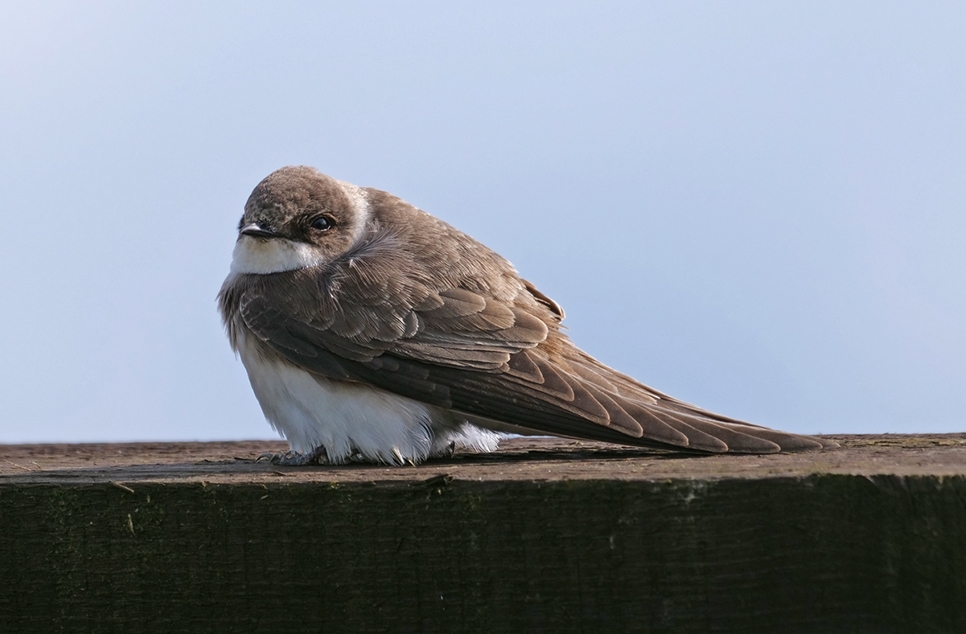Kids make a colourful splash at inspirational new wetland garden
An award-winning sustainable water garden designed to inspire and educate has opened at WWT Washington Wetland Centre.
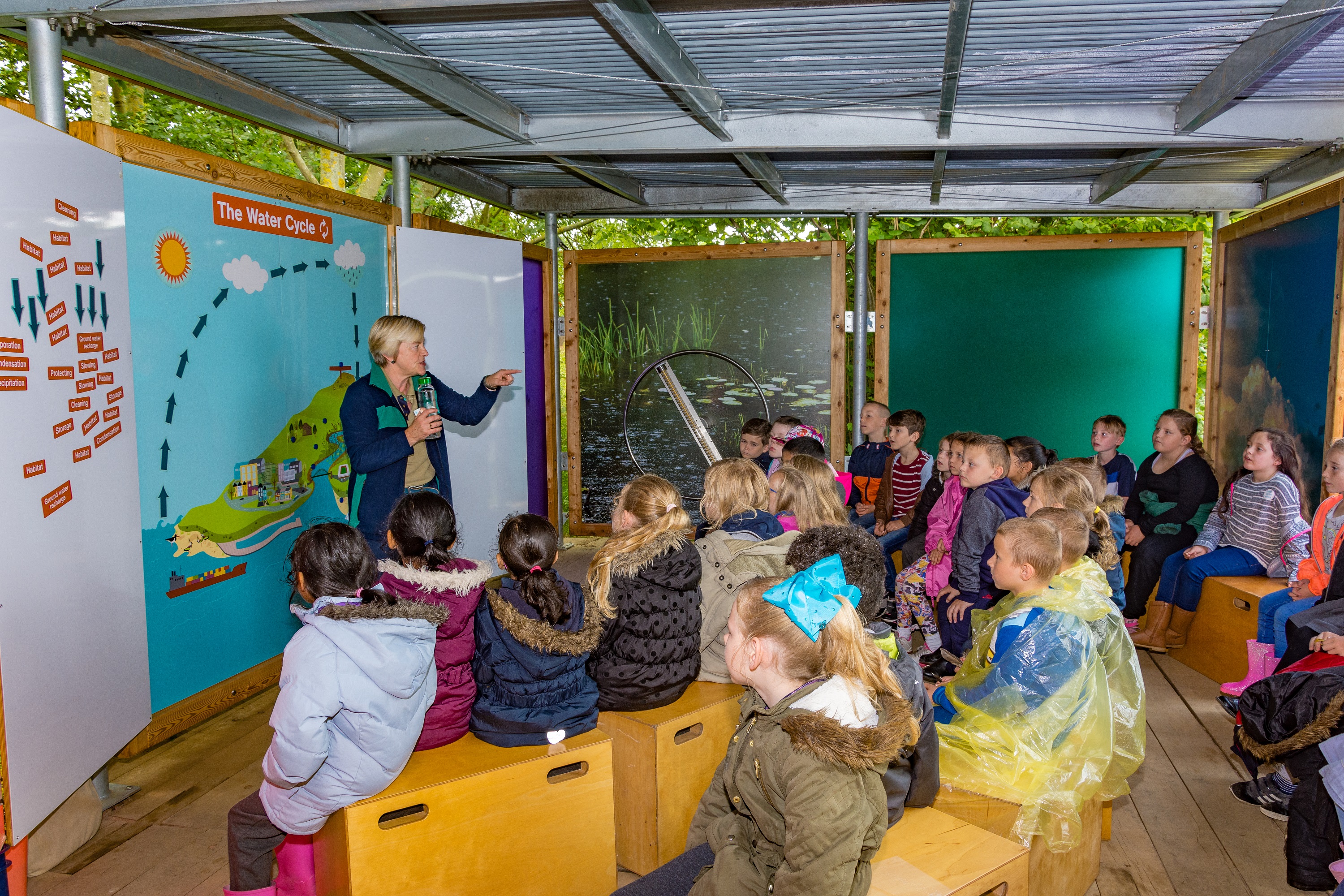 Part raingarden and part outdoor classroom; our colourful new ‘Working Wetland garden and Waterlab’ demonstrates how you can better manage your own green spaces during both flood and drought, as well as helping children discover the vital role wetlands play in our lives.
Part raingarden and part outdoor classroom; our colourful new ‘Working Wetland garden and Waterlab’ demonstrates how you can better manage your own green spaces during both flood and drought, as well as helping children discover the vital role wetlands play in our lives.
At its heart is the recycled Waterlab building, designed so that rainfall runs off its roof into a series of pools and channels before soaking into the garden itself, which produces waves of summer flowers and attracts waterlife like frogs and dragonflies.
The exhibit was lovingly transplanted in its entirety from the RHS Hampton Court Palace Flower Show 2016 – where it clinched a gold medal and the Best Show Garden title – and reimagined at WWT Washington thanks to funding from HSBC’s Water Programme.
WWT Washington’s Centre Manager Gill Pipes said: “The new garden shows some great ways to mimic how WWT Washington’s wetland reserve works to reduce flooding, drought and pollution - but in a small space, it’s something you could easily do at home. It’s built around using rainwater as a resource, rather than a problem to be got rid of quickly.
“The centrepiece is a recycled wooden building we’ve called a Waterlab. It’s an interactive space for schoolchildren to play with water and learn about the water cycle. When not being used for school sessions we know that our regular visitors will enjoy doing the same, or even just using it as a sheltered place to grab a seat and take in the Working Wetland garden itself.”
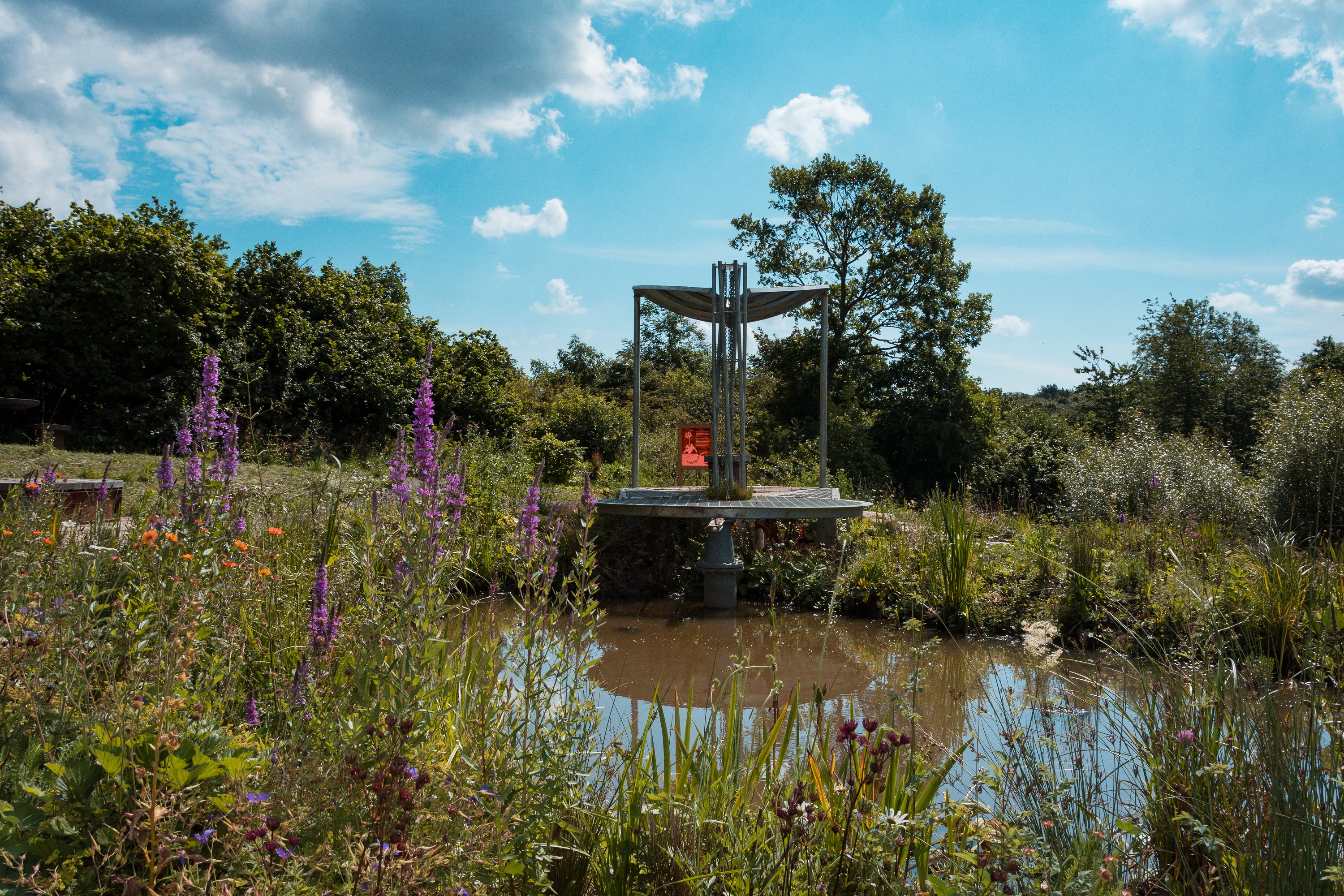 Excited to be at the Waterlab’s grand opening were children from Hudson Road Primary School in Sunderland, who got their hands wet absorbing fun facts about the water cycle. Pupil Mahfuz Ahmed, aged eight, said: “It was the best day ever. It was very exciting. I loved learning about water and I had fun.”
Excited to be at the Waterlab’s grand opening were children from Hudson Road Primary School in Sunderland, who got their hands wet absorbing fun facts about the water cycle. Pupil Mahfuz Ahmed, aged eight, said: “It was the best day ever. It was very exciting. I loved learning about water and I had fun.”
WWT Washington Wetland Centre Learning Manager Joanne Newbury added: “Young kids are fascinated with how water moves and feels. The Waterlab and garden help them to learn what water does for us and how to look after it.
"The North East is built around our wonderful rivers and wetlands and this is a lovely, fun way to learn to appreciate them.”
The Working Wetland garden has been kindly donated to WWT Washington by HSBC as part of their Water Programme. HSBC originally commissioned Jeni Cairns of Juniper House Garden Design to create the garden for last year’s RHS Hampton Court Palace Flower Show where it won Best Show Garden and a gold medal.
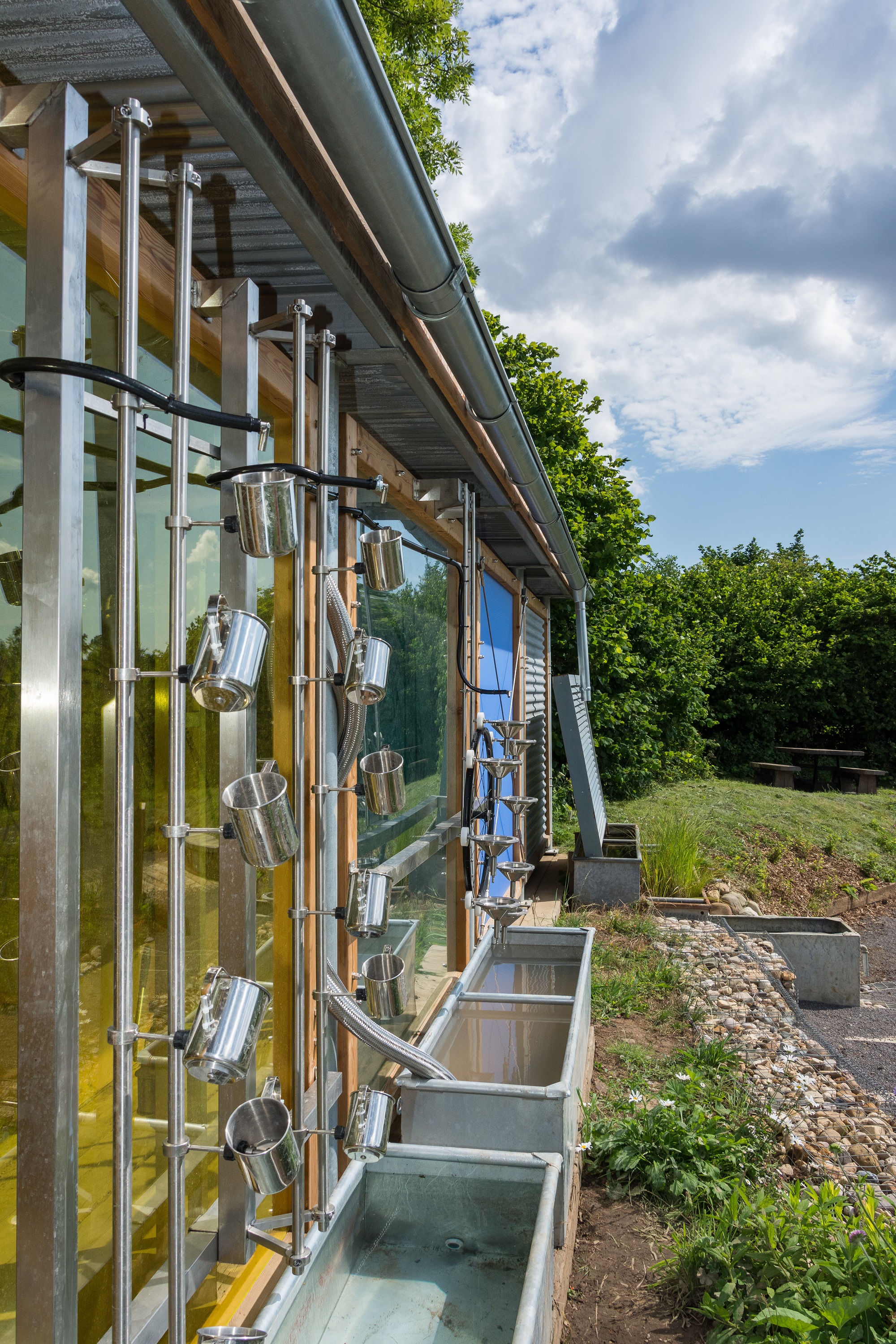 Jeni said: “It’s all about showing how water can be used creatively rather than wasted. The design uses rainfall as a resource for nature and relaxation. The kids are showing me it’s also a resource for fun, which is much better than learning about the water cycle from a book.”
Jeni said: “It’s all about showing how water can be used creatively rather than wasted. The design uses rainfall as a resource for nature and relaxation. The kids are showing me it’s also a resource for fun, which is much better than learning about the water cycle from a book.”
School activities at the Waterlab will include sessions made possible by WWT’s Inspiring Generations scheme to provide outdoor learning to disadvantaged school pupils. Funded by the HSBC Water Programme, more than 60,000 children at WWT wetland centres across the country are receiving free outdoor learning sessions including hands on activities like pond dipping and bird feeding.
HSBC Senior Manager Environmental Programmes Sue Alexander said: “I’m delighted to see the garden and classroom facility installed at WWT Washington.
“HSBC is proud to support this initiative as part of the Inspiring Generations programme. I hope they will be put to good use by children and adults alike as part of learning about the importance of wetlands.”
Facts about the Working Wetland garden and Waterlab:
- In keeping with Wearside’s maritime heritage, the garden furniture is made from the same super-dense ekki hardwood that is used as pillars to stop large ships bumping into jetties. We’re pleased to find ways to extend this timber’s working life. Each chair is so heavy that we haven’t managed to put it on a set of scales, but it will certainly weigh more than all the children at a learning session put together!
- The garden uses 85 plant species, most of which are British natives. Summer flowering plants have been selected for colour including loosestrife, flowering rush and greater spearwort – providing a predominant purple mixed with cream and yellow.
- Rainwater falls on a pagoda roof and cascades into tanks filled with gravel and marsh plants. While rainwater is very clean, this filters out any dust, leaves, twigs or bird poo that might be on your roof if you’re recreating the garden at home.
- The marsh plants take up some of the water, but at peak flows it will overspill into a pond surrounded by plants. The fact the pond is rain-fed with clear, clean water helps to attract wildlife. Some of the water slowly evaporates or transpires away.
- The pond can overflow into a number of features including permeable paving, flower beds and hollows, all of which allow water to soak away slowly into the ground. The entire garden makes use of all the incoming rainwater to create a beautiful, wildlife-rich habitat without any water being wasted down any drains.
- Several features are recycled. The pagoda roof is the inverted roof of a grain silo; bench supports are made from the curved girders from the same silo; the cascade was an air duct from a warehouse; the chain cascade is made from the chains of an old harrow; old sheets of metal have been intricately carved to make relief water scenes of dragonflies and kingfishers.
